Which fish breeds are best suited for biofloc fish farming?
Struggling with high water usage and feed costs in your fish farm? Traditional methods often face environmental pressures and inefficiency. Biofloc technology presents a sustainable and productive alternative for modern aquaculture.
Tilapia and shrimp are frequently highlighted as excellent choices for biofloc systems. Their hardiness and tolerance for the unique water conditions generated by biofloc make them adaptable and popular among farmers using this intensive method.
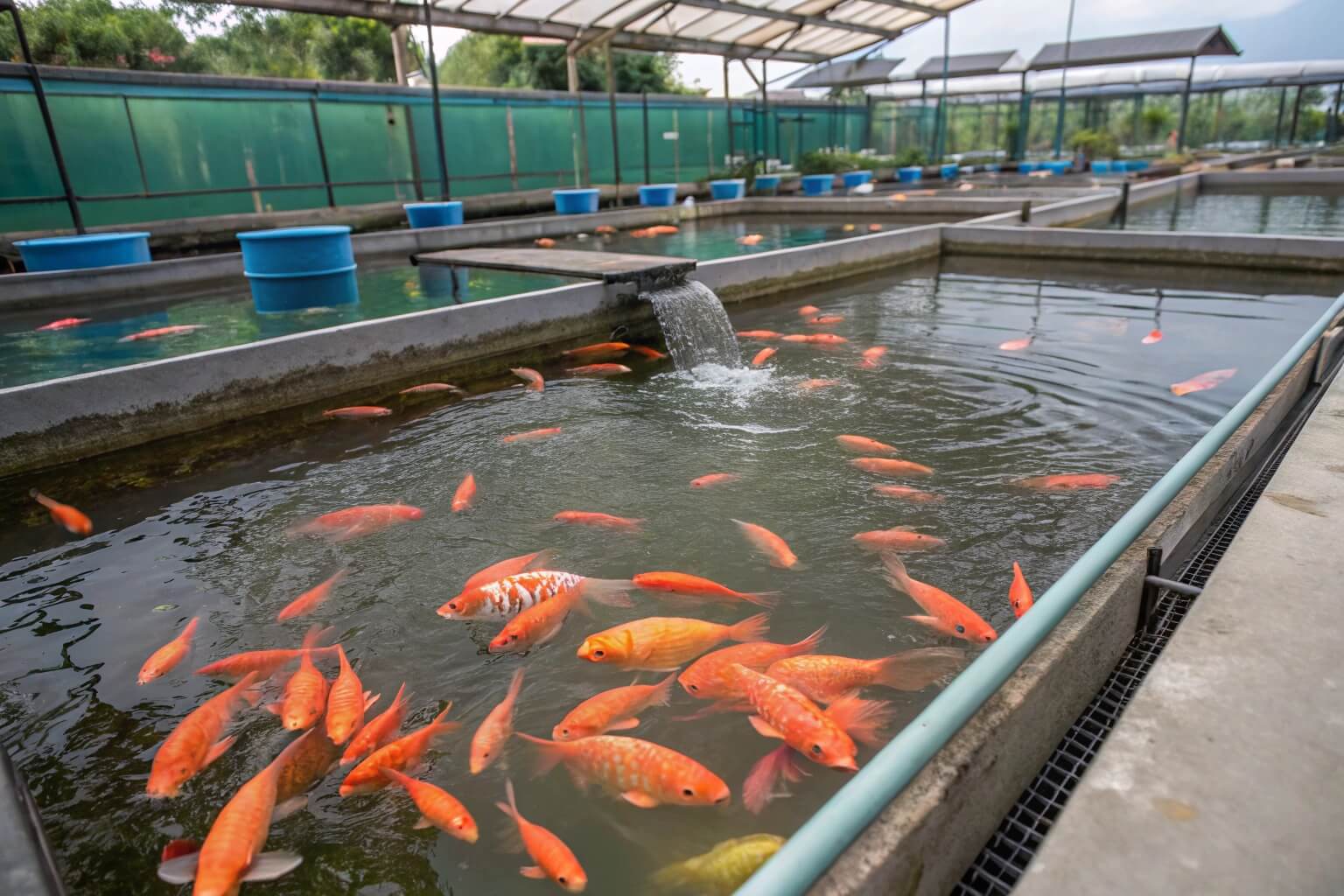
Now that we know some top candidates, you might be wondering about other aspects of making biofloc work for you. It's not just about the fish breed; profitability, understanding the system's origins, and its core principles are also key. Let's dive deeper into these common questions I hear from people in the industry.
Which fish farming is most profitable?
Wondering which fish farming method will give you the best return? Choosing the wrong approach can lead to financial strain. Understanding the factors driving profitability is crucial before investing time and money.
There isn't one single "most profitable" method. Profitability depends heavily on factors like market demand, species choice, operational scale, management skill, and technology used. Biofloc can be very profitable due to its efficiencies.
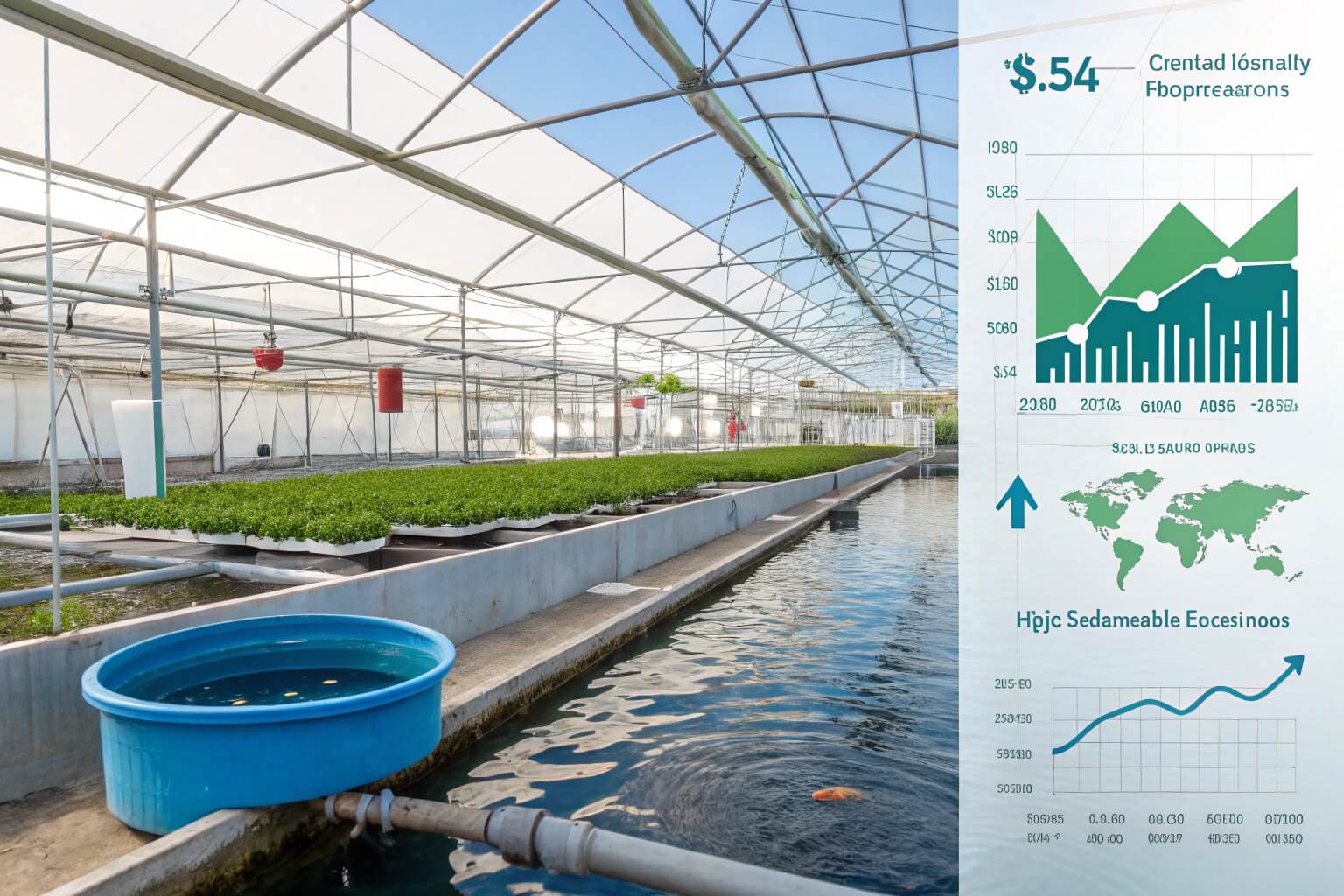
Factors Influencing Profitability
Profit in aquaculture isn't guaranteed by simply choosing a method like biofloc, RAS, or traditional ponds. Several key elements come into play. Market demand for your chosen species is huge; raising a fish nobody wants won't work. Feed costs are often the largest operational expense, so efficient feed conversion is vital. The level of technology impacts initial investment but can lower long-term costs (like water or feed). Scale matters – larger operations often benefit from economies of scale. Most importantly, skilled management is needed to optimize feeding, maintain water quality, and prevent disease. I've seen farms succeed and fail based purely on the manager's expertise.
Biofloc's Profit Potential
Biofloc technology offers specific advantages that can boost profitability. Its biggest draw is reduced water exchange, saving significantly on water and pumping costs, especially in water-scarce areas. The microbial flocs supplement feed, potentially lowering the Feed Conversion Ratio (FCR)1 and overall feed expenses. Higher stocking densities are possible compared to traditional ponds, meaning more output from the same footprint. Properly managed biofloc systems can also have lower disease risks, reducing treatment costs and stock losses. Of course, achieving this requires consistent water quality management2, which is where reliable tanks, like the durable, non-toxic PVC tanks we provide at Bancy, become essential. They need to withstand the constant aeration and mixing required.
Other Profitable Aquaculture Methods
While biofloc is promising, other methods also have strong profit potential depending on the context. Recirculating Aquaculture Systems (RAS)3 offer high control over the environment, allowing for intensive production of high-value species, often indoors or near urban markets. However, RAS typically involves very high initial investment and energy costs. Aquaponics4, combining fish farming with hydroponic plant cultivation, creates two revenue streams and utilizes fish waste effectively. It's popular for sustainable, local food production but requires balancing two different biological systems. Traditional pond culture5 remains viable, especially for lower-density farming of hardy species where land and water are abundant and cheap. Each system has its place.
Who is the father of biofloc?
Curious about where biofloc technology came from? With new techniques emerging, it's easy to get conflicting information. Knowing the background helps appreciate how far aquaculture science has advanced.
Biofloc technology wasn't invented by a single person but evolved over time. However, Dr. Yoram Avnimelech, an Israeli scientist, is widely recognized as a key pioneer for his extensive research and promotion of the system.
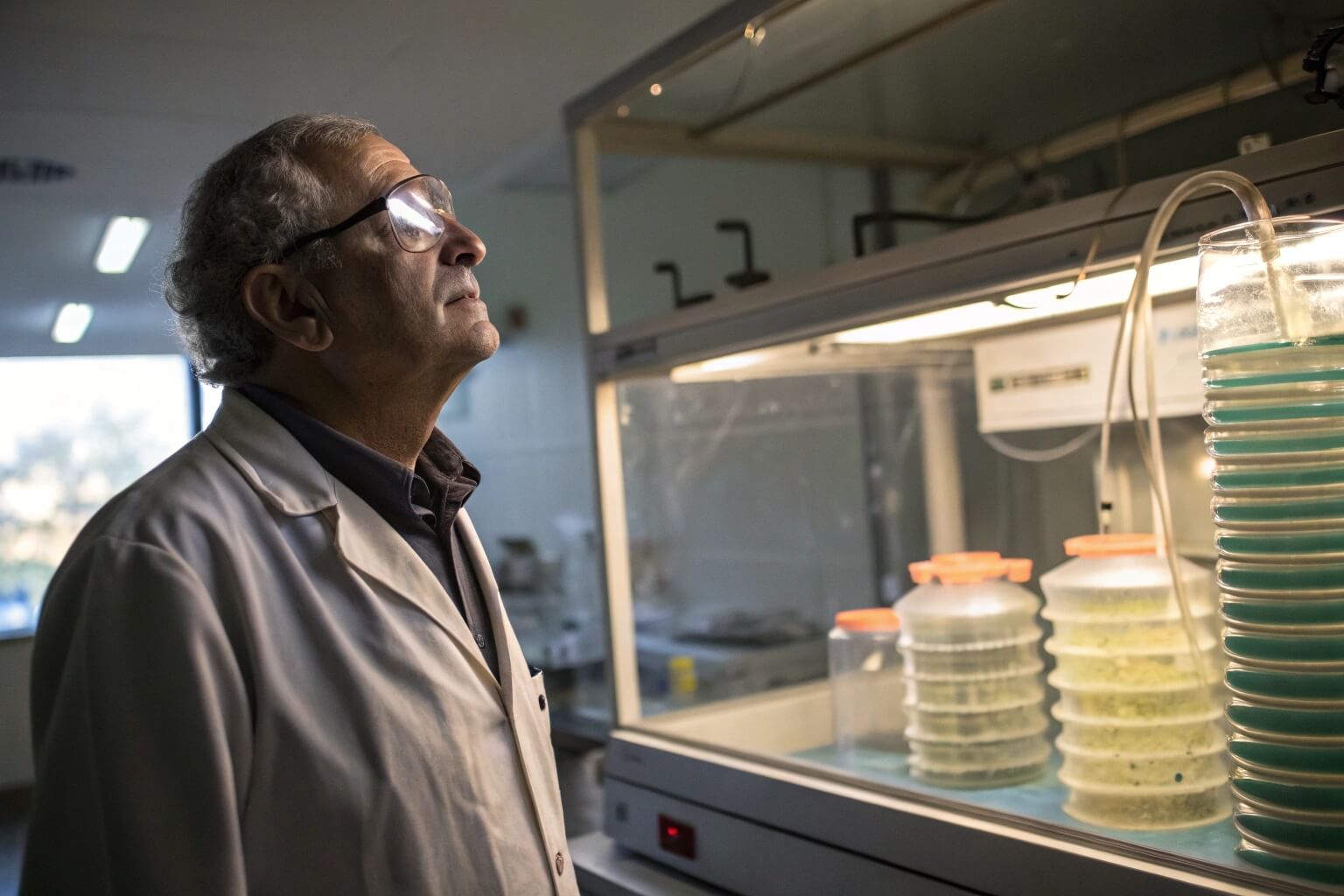
Early Concepts and Evolution
The idea behind biofloc didn't appear overnight. Researchers observed microbial communities6 in aquaculture systems for decades. They noticed that under certain conditions, particularly with limited water exchange and specific nutrient ratios, these communities could help maintain water quality7. Early work focused on understanding the role of bacteria in breaking down waste products8 like ammonia. These initial observations laid the groundwork. It wasn't initially called "biofloc," but the fundamental principles of managing microbial ecosystems for water treatment in aquaculture were being explored by various scientists globally. It was a gradual understanding built upon basic microbiology and aquaculture principles.
Dr. Yoram Avnimelech's Contributions
Dr. Yoram Avnimelech significantly advanced and popularized the concept we now know as biofloc. Through extensive research, particularly in the late 1990s and early 2000s, he demonstrated how manipulating the carbon-to-nitrogen (C:N) ratio9 in aquaculture systems could encourage the growth of heterotrophic bacteria10. These bacteria consume fish waste (nitrogen) and, using added carbon, form microbial flocs. His work clearly showed these flocs not only clean the water but also serve as a supplemental protein source for the farmed species, like tilapia and shrimp. He published key papers and a widely read book on the topic, effectively defining and promoting the biofloc technology (BFT) system to the global aquaculture community. His efforts were instrumental in transitioning the concept from observation to a practical farming technique.
A Collaborative Effort
While Dr. Avnimelech's contributions are central, it's important to remember that biofloc development involved many researchers worldwide. Scientists in different countries experimented with low-water exchange systems, microbial management, and supplementary feeding concepts. Research from institutions in the US, Southeast Asia, and Latin America also played significant roles in refining the techniques for different species and environments. The success of biofloc11 today is built on this collective knowledge. As a provider of the physical infrastructure like tanks, here at Bancy, we rely on this solid scientific foundation to ensure our products meet the specific demands of systems like biofloc, supporting the work these researchers started. It’s a global effort pushing sustainable aquaculture forward.
What is fish culture in biofloc?
Heard the term "biofloc fish culture" but not quite sure what it means? Missing the details could mean missing out on its benefits. Understanding the core idea is the first step to seeing if it fits your needs.
Fish culture in biofloc is a sustainable aquaculture method. It relies on managing a dense community of microorganisms (the biofloc) within the fish tank to treat waste products, recycle nutrients, and provide extra food for the fish.
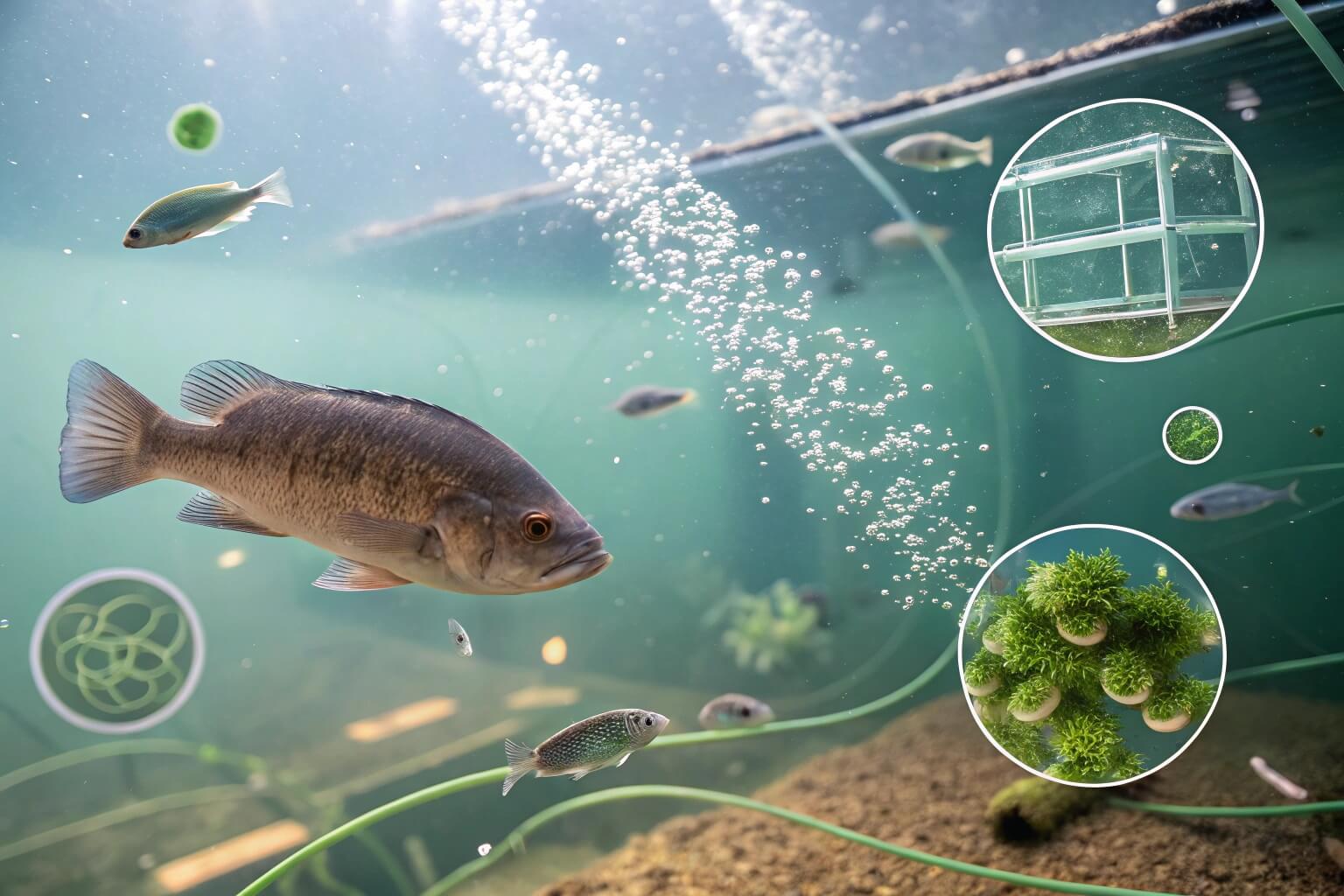
The Core Principle: Microbial Management
At its heart, biofloc fish culture12 is about actively managing a tiny ecosystem within the fish tank. Instead of flushing out fish waste or relying solely on filters, you encourage the growth of a dense mix of beneficial bacteria, algae, fungi, and protozoa. This community is the "biofloc." The key is controlling the water conditions, primarily the balance of carbon and nitrogen, to favor the growth of these specific microbes. It requires constant aeration to keep the floc suspended and provide oxygen for both the fish and the microbes. Think of it as farming microbes alongside your fish, where the microbes do the heavy lifting of water purification13. It’s a shift from removing waste to recycling it in place.
How it Works: Nitrogen Cycle and Feed
Fish naturally release ammonia (a form of nitrogen) as waste, which is toxic at high levels. In a biofloc system14, you add a carbon source (like molasses or sugar). This encourages heterotrophic bacteria to rapidly consume the ammonia, converting it into microbial protein. This process "locks up" the nitrogen, preventing it from becoming toxic nitrite or nitrate, and forms the visible clumps or "flocs." These flocs are rich in protein and other nutrients. Fish, especially species like tilapia and shrimp, can then eat these flocs, gaining supplemental nutrition. This reduces the reliance on external feed and improves the feed conversion ratio (FCR)15. Managing the Carbon:Nitrogen (C:N) ratio16 is critical for maintaining a healthy and effective biofloc.
Benefits for Fish Culture
Using biofloc offers several advantages. The most obvious is significantly reduced water exchange, sometimes close to zero, which saves water and energy and allows farming in areas with limited water resources. It also improves biosecurity by limiting water intake from external sources, reducing the risk of introducing pathogens. The flocs provide continuous natural food, which can lower overall feed costs and sometimes improve fish growth and health. The stable microbial community can also help outcompete harmful bacteria. However, maintaining this delicate balance requires skill and reliable equipment. Consistent aeration is non-negotiable, and the tanks must be durable and easy to manage – features we prioritize at Bancy with our robust PVC tanks and secure double-welded seams.
Is biofloc successful?
Considering biofloc, but wondering if it actually works in the real world? Investing in a new system is a big step. Evaluating its track record and requirements is essential before diving in.
Yes, biofloc technology can be very successful and is widely used globally, especially for tilapia and shrimp farming. However, its success depends heavily on proper management, technical expertise, and consistent environmental control.
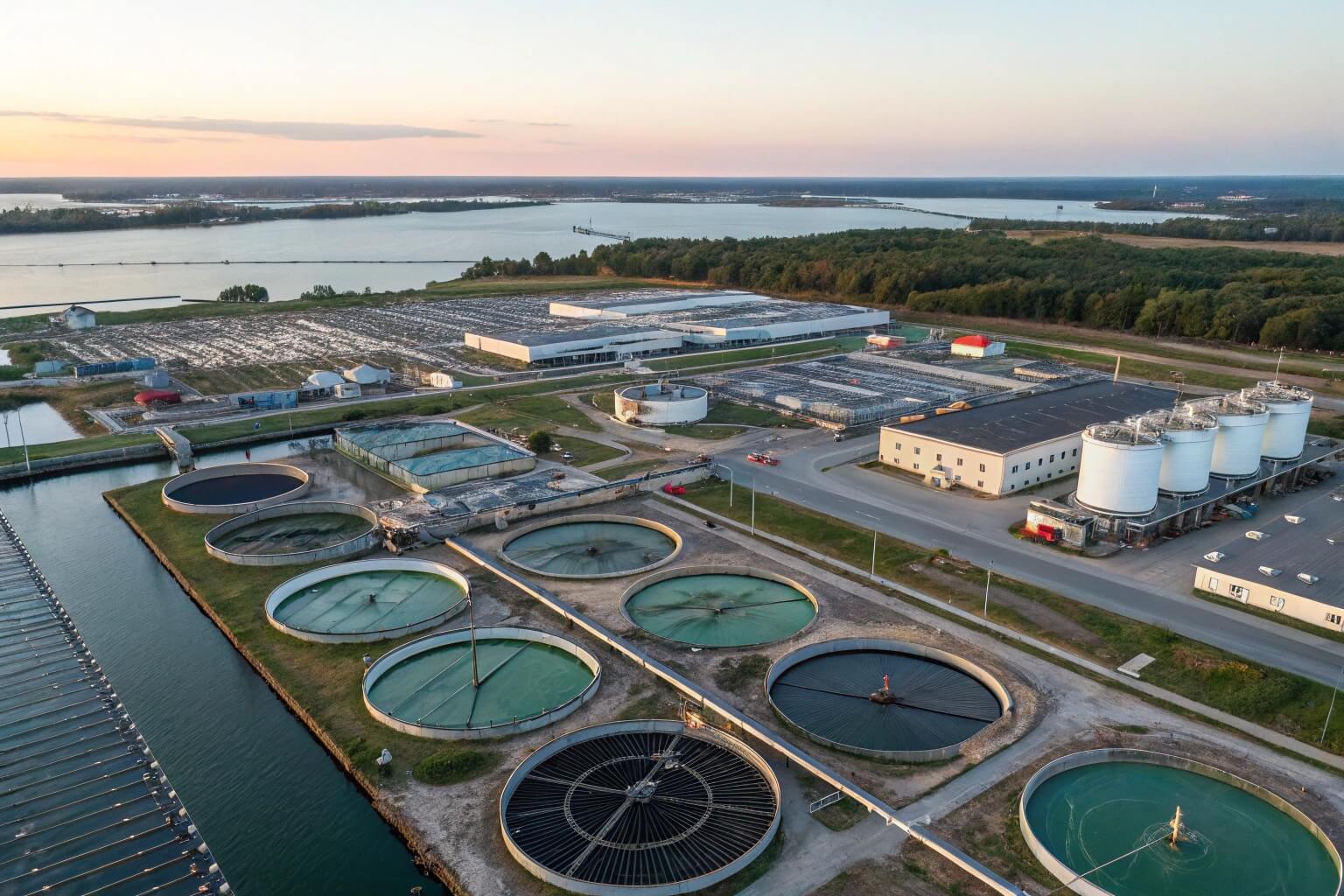
Measuring Success: Key Metrics
We can measure the success of biofloc farms using several standard aquaculture metrics. High survival rates are a primary indicator; a well-managed system should keep fish healthy. Good growth rates and achieving market size within expected timeframes are crucial for profitability. The Feed Conversion Ratio (FCR)17 is another key metric – successful biofloc systems typically show improved FCR compared to traditional methods because fish consume the nutrient-rich flocs. Reduced water usage is a major environmental and economic success factor. Farms achieving significant reductions in water exchange while maintaining high productivity demonstrate the system's potential. Monitoring these metrics helps farmers optimize their operations and prove the system's effectiveness.
Success Stories and Applications
Biofloc isn't just theoretical; it's commercially applied worldwide. It's particularly successful in intensive farming of tilapia and shrimp, species that tolerate the conditions and readily consume the flocs. You can find numerous successful biofloc farms across Asia, Latin America, and increasingly in other regions. These operations range from small-scale farms to large industrial facilities. From my experience working with aquaculture clients at Bancy, I've seen farms adopt biofloc to overcome water scarcity challenges or intensify production on limited land. They often report good yields and improved sustainability metrics once they master the system. The technology is proven, but implementation is key.
Challenges and Requirements for Success
Despite its potential, biofloc isn't a simple plug-and-play solution. Success requires overcoming specific challenges. Maintaining the correct C:N ratio18 and stable water quality parameters (like dissolved oxygen, pH, alkalinity) demands constant monitoring and technical know-how. Consistent and adequate aeration is critical; power outages can be catastrophic without backups. Energy costs for aeration19 can be significant. The initial setup might require specific tank designs and equipment. This is where robust infrastructure, like the high-quality, food-grade PVC tanks Bancy offers, plays a vital role. Tanks need to withstand constant mixing and be easy to clean. Operator skill is arguably the most critical factor – successful biofloc farming requires trained personnel who understand the microbial dynamics involved.
Conclusion
Biofloc offers a promising path for sustainable fish farming, especially with hardy species like tilapia and shrimp. Success hinges on good management and reliable infrastructure, like the tanks we build at Bancy.
-
Understanding FCR is crucial for optimizing feed efficiency and profitability in aquaculture. Explore this link to learn more about its significance. ↩
-
Effective water quality management is vital for fish health and farm success. Learn best practices to ensure optimal conditions for your aquaculture. ↩
-
Explore the advantages of RAS for sustainable fish farming and its potential for high-value production. ↩
-
Learn about Aquaponics and how it integrates fish farming with plant cultivation for dual revenue streams. ↩
-
Discover the viability of Traditional pond culture for sustainable aquaculture, especially in resource-rich areas. ↩
-
Understanding microbial communities is crucial for improving water quality in aquaculture, making this resource invaluable for researchers and practitioners. ↩
-
Exploring the impact of water quality on aquaculture can enhance production efficiency and sustainability, a must-read for aquaculture professionals. ↩
-
This resource will provide insights into the essential role of bacteria in waste management, vital for effective aquaculture practices. ↩
-
Learn about the crucial role of the C:N ratio in aquaculture and its impact on fish farming efficiency. ↩
-
Discover the significance of heterotrophic bacteria in aquaculture and how they contribute to sustainable practices. ↩
-
Explore this link to understand the innovative biofloc technology that revolutionizes sustainable aquaculture practices. ↩
-
Explore this link to understand the innovative techniques and benefits of biofloc fish culture for sustainable aquaculture. ↩
-
Discover effective water purification methods in aquaculture to ensure a healthy environment for fish and microbes. ↩
-
Discovering the advantages of biofloc systems can help aquaculture practitioners improve sustainability and reduce costs. ↩
-
Exploring FCR can reveal strategies to enhance fish farming efficiency and profitability, making it essential for aquaculture success. ↩
-
Understanding the C:N ratio is crucial for optimizing biofloc systems, ensuring healthy fish growth and effective waste management. ↩
-
Understanding FCR is essential for optimizing fish farming efficiency and profitability. Explore this link to learn more about its significance. ↩
-
Learn about the importance of maintaining the C:N ratio for optimal biofloc farming outcomes and sustainability. ↩
-
Discover why proper aeration is essential for the health of biofloc systems and how it influences overall farm success. ↩